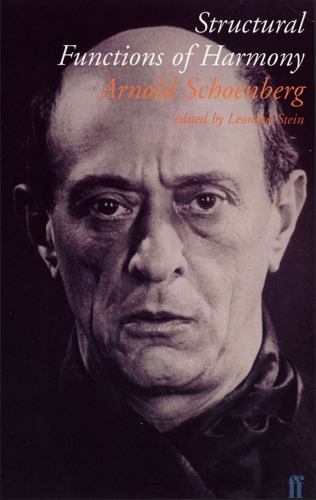
Structural Functions of Harmony
(Paperback, Main)
Publishing Details
Structural Functions of Harmony
By (Author) Arnold Schoenberg
Faber & Faber
Faber & Faber
1st July 2005
15th March 1999
Main
United Kingdom
Classifications
General
Non Fiction
Art music, orchestral and formal music
781.25
Physical Properties
Paperback
224
Width 127mm, Height 200mm, Spine 8mm
285g
Description
First published in 1948, Structural Functions of Harmony is Schoenberg's last theoretical work and contains his ultimate thoughts on classical and romantic harmony. The opening chapters are a resume of the basic principles of the early Theory of Harmony; the subsequent chapters demonstrate the concept of 'monotonality', whereby all modulations to different keys within a movement are analysed not in relation to each other but in terms of the irrelationship to one central tonality (tonic) as the centre of all harmonic change. Schoenberg's music examples range from the entire development sections of classical symphonies to analyses of the harmonic progressions of Strauss, Debussy, Reger, and his own early music.
Author Bio
Arnold Schoenberg (1874-1951) was an Austrian composer, later moving to the United States, and was leader of the Second Viennese School. In the 1920s, Schoenberg developed the twelve-tone technique, and his approach, both in terms of harmony and development, is among the major landmarks of twentieth-century musical thought. The extraordinary scope of Schoenberg's intelligence, and the often prophetic character of his insights, make his writings on music an indispensable source for anyone interested in the complex history of twentieth-century music.
